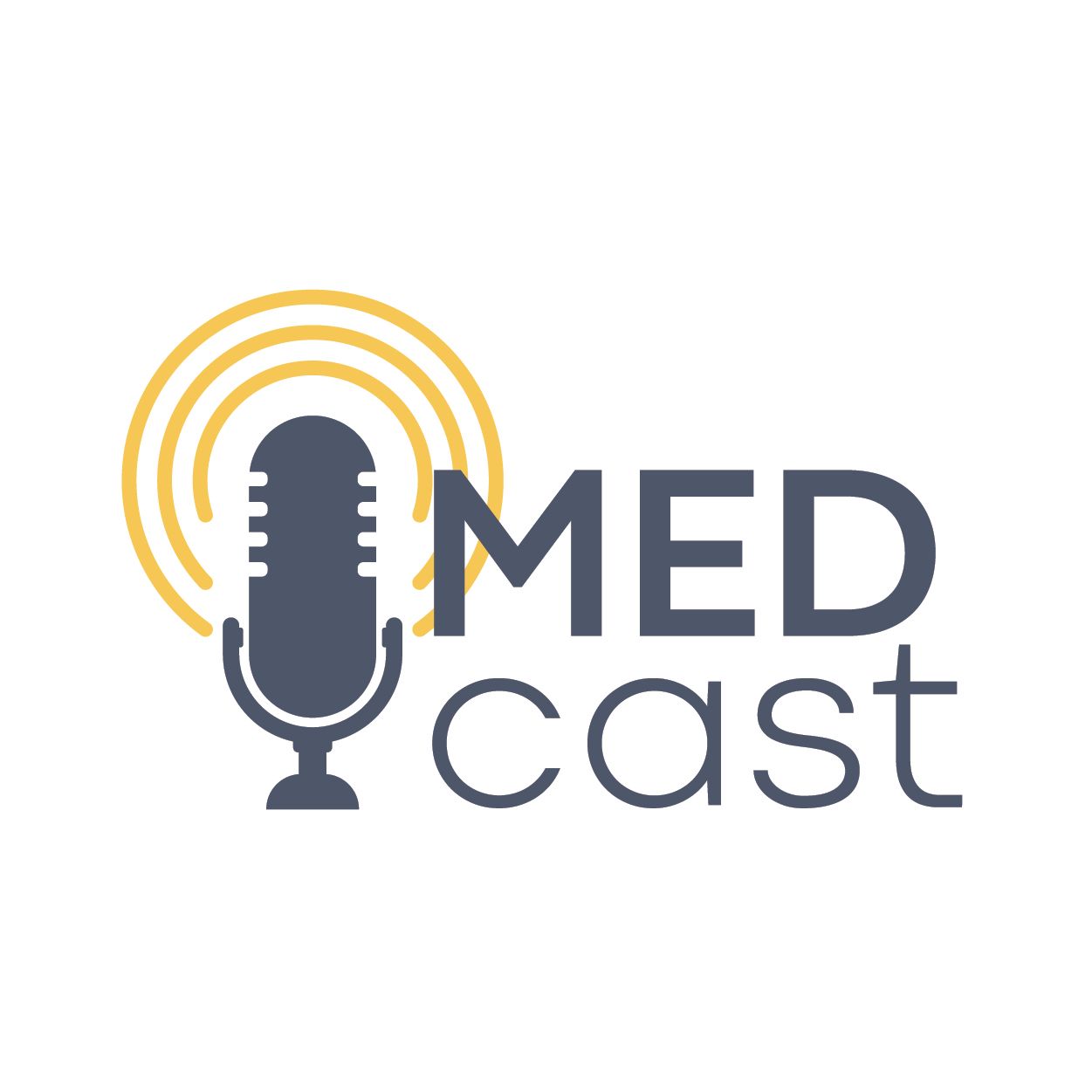Article
Brain connectivity linked with pain intensity in fibromyalgia
Instrinsic connectivity is disrupted within multiple brain networks in patients with fibromyalgia syndrome (FMS). Elevated intrinsic brain connectivity is linked with spontaneous pain intensity in these patients.
Instrinsic connectivity is disrupted within multiple brain networks in patients with fibromyalgia syndrome (FMS). Elevated intrinsic brain connectivity is linked with spontaneous pain intensity in these patients.
Napadow and coworkers tested the hypothesis that default mode network (DMN) and executive attention network (EAN) connectivity is altered in patients with FMS and affects their pain level. DMNs are deactivated during acute pain, but this response is blunted in persons with chronic pain; the EAN processes working memory and attention, skills compromised in FMS. As a negative control, they used a parameter unaffected by FMS, medial visual net-work connectivity. Brain activity was measured with resting-state functional MRI.
Patients with FMS had more connectivity within the DMN and right EAN than others. They also had more connectivity between the DMN and insular cortex, a region that processes evoked pain. Patients with the worst pain showed the greatest connectivity between the insula and both the DMN and right EAN. These measures document that pain is related to brain activity within interconnected networks in FMS.
The authors noted that their findings have implications for a better understanding of the underlying brain mechanisms of endogenous clinical pain in FMS, potentially pointing toward markers of disease progression.




